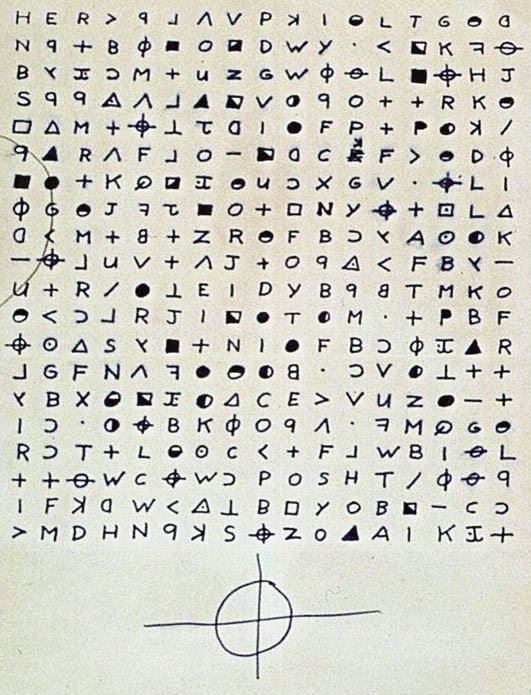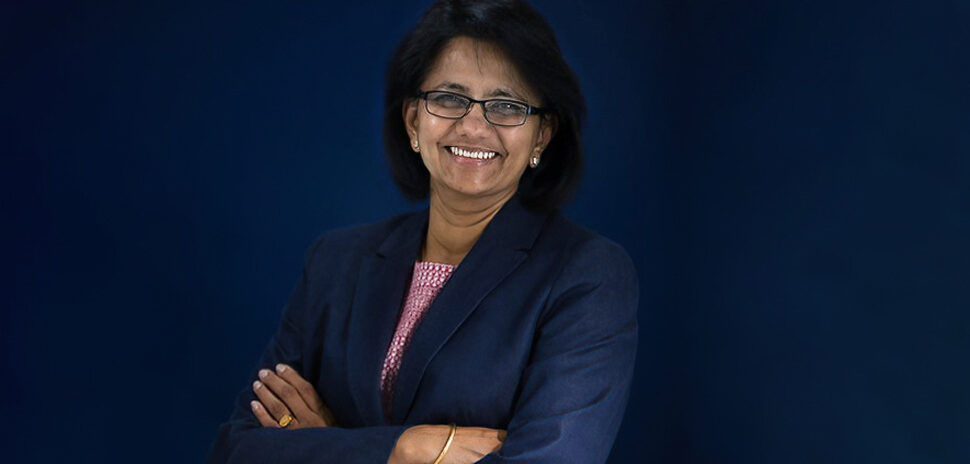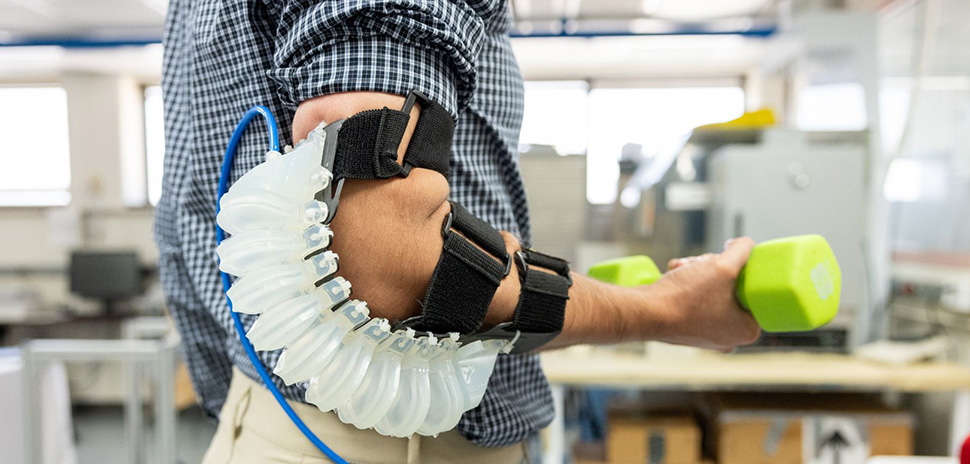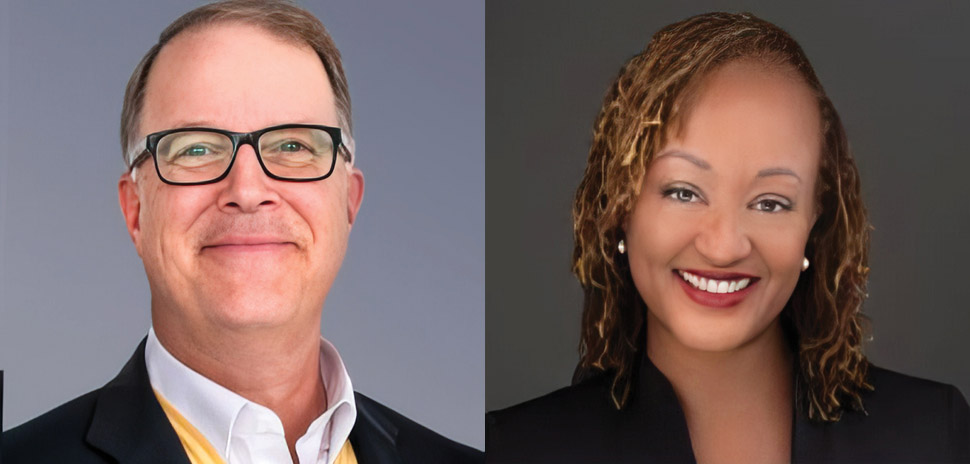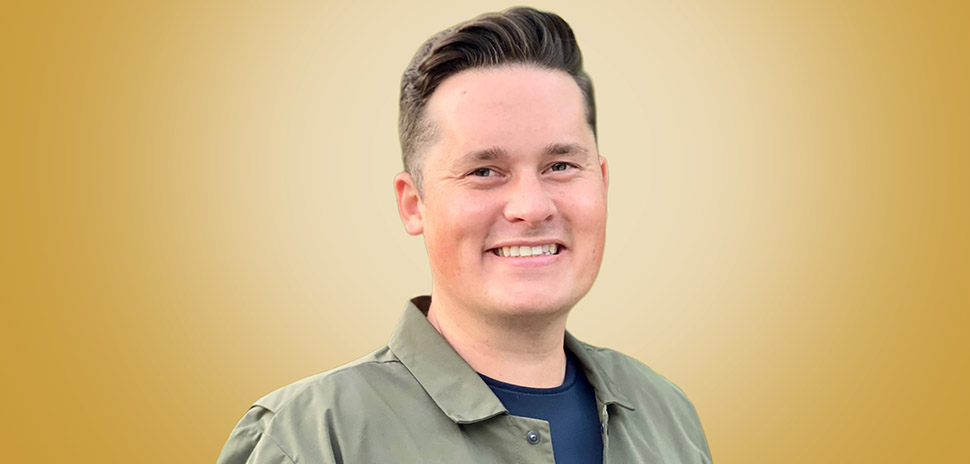Few unsolved serial killer cases have drawn more attention as that of the Zodiac killer who terrorized residents of northern California with a series of attacks in the late 1960s and early ’70s.
The killings were followed by taunting letters and codes with strange, ancient symbols sent to newspapers in the San Francisco Bay Area.
Authorities are still looking for the killer’s identity, and the History Channel assembled a team of investigators and code experts to try to break the infamous Z340 cipher — a lone page of 340 characters that was a mix of symbols, numbers, and letters.
University of North Texas computer science professor Ryan Garlick was a member of the code team for the television network’s nonfiction series The Hunt for the Zodiac Killer that airs on Tuesday nights through Dec. 12.
Garlick enlisted the help of Jacob Hochstetler, a Ph.D. student at UNT, and 17-year-old Julian LaNeve, a student at the Texas Academy of Mathematics and Science at UNT, to create a platform to automatically rearrange the killer’s cipher and then decrypt it.
The History Channel show isn’t Garlick’s first exposure to the Zodiac 340 code.
Garlick has taught computer science at UNT for 14 years, and in 2008 he used the cipher in one of his classes.

The “Code Team” for The Hunt for the Zodiac Killer included, from left, Ryan Garlick, Sujith Ravi, Kevin Knight, and Craig Bauer. Dave Oranchak, not pictured, also was a team member. [Photo courtesy of History Channel]
“I’d always been interested in true crime,” Garlick told Dallas Innovates.
The class started shortly after the 2007 motion picture Zodiac rekindled interest in the case and he used the killer’s cipher as a tool for students who were tasked with writing software to look for patterns.
“There’s so many different paths you can take for this,” Garlick said about the cipher.
Garlick published some items online about the class and eventually was contacted by National Geographic, which featured him in the 2009 show Code Breakers. The show was a documentary about codes, cryptographs, and ciphers.
AUTHORITIES ARE STILL TRYING TO ID THE ZODIAC KILLER
It was that documentary that led to Garlick’s involvement with the code team for the History Channel series.
For the show, Garlick was part of a unit under the direction of code team leader Kevin Knight, research director and fellow at the University of Southern California’s Information Sciences Institute.
“He’s done a lot of work in this area,” Garlick said. Other members of the code team were Sujith Razi, a software engineer for Google, Dave Oranchak, a software developer and expert on the ciphers used by the Zodiac Killer, and Craig Bauer, associate professor of mathematics and cryptographer at York College of Pennsylvania.
The code team did their work in a room with a film crew present, looking at the cipher and trying to decipher it.
The series’ investigators were retired Los Angeles police detective Sal LaBarbera and Ken Mains, a retired U.S. Marine and cold case expert.
Involving LaNeve and Hochstetler was a way for them to contribute and learn, Garlick said.
“It was really a great opportunity to take what I learned in the classroom and apply it a real world problem.”
Julian LaNeve
“It’s great that we can bring students into this,” he said.
LaNeve said the experience was a chance for him to apply what he has learned.
“It was really a great opportunity to take what I learned in the classroom and apply it a real world problem,” LaNeve said.
Garlick and LaNeve said that the tools used for the series can be applied to other ciphers and problems because they can quickly determine what type of problem the investigators are facing.
“We can use these automated tools to say what kind of problem is this?” Garlick said.
So, what did they find? Tune in to the final episode.
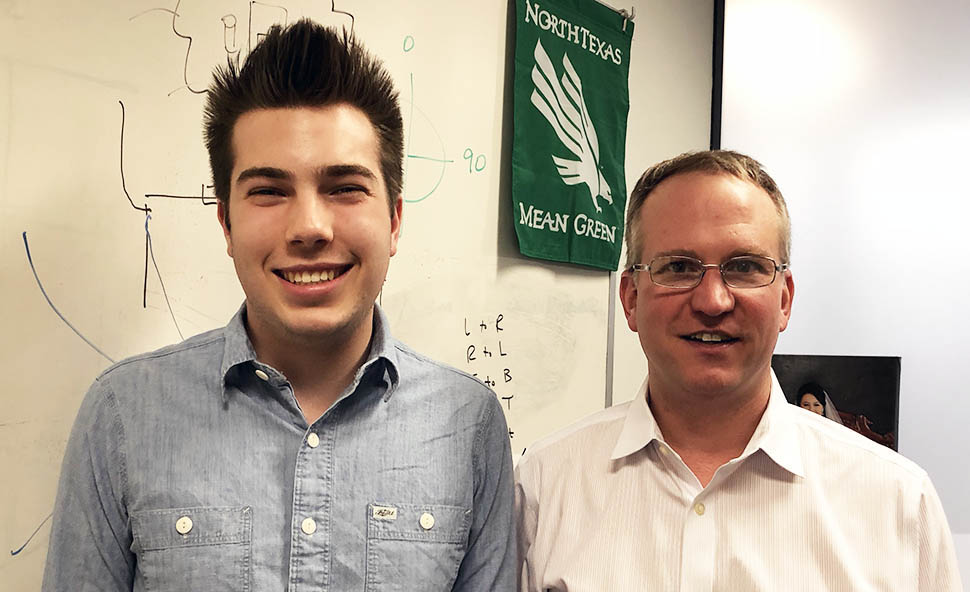
Julian LaNeve and Ryan Garlick [Photo courtesy of UNT]
![]()
Get on the list.
Sign up to keep your eye on what’s new and next in Dallas-Fort Worth, every day.
And, you’ll be the first to get the digital edition of our new Dallas Innovates magazine:
The annual edition publishes in January


